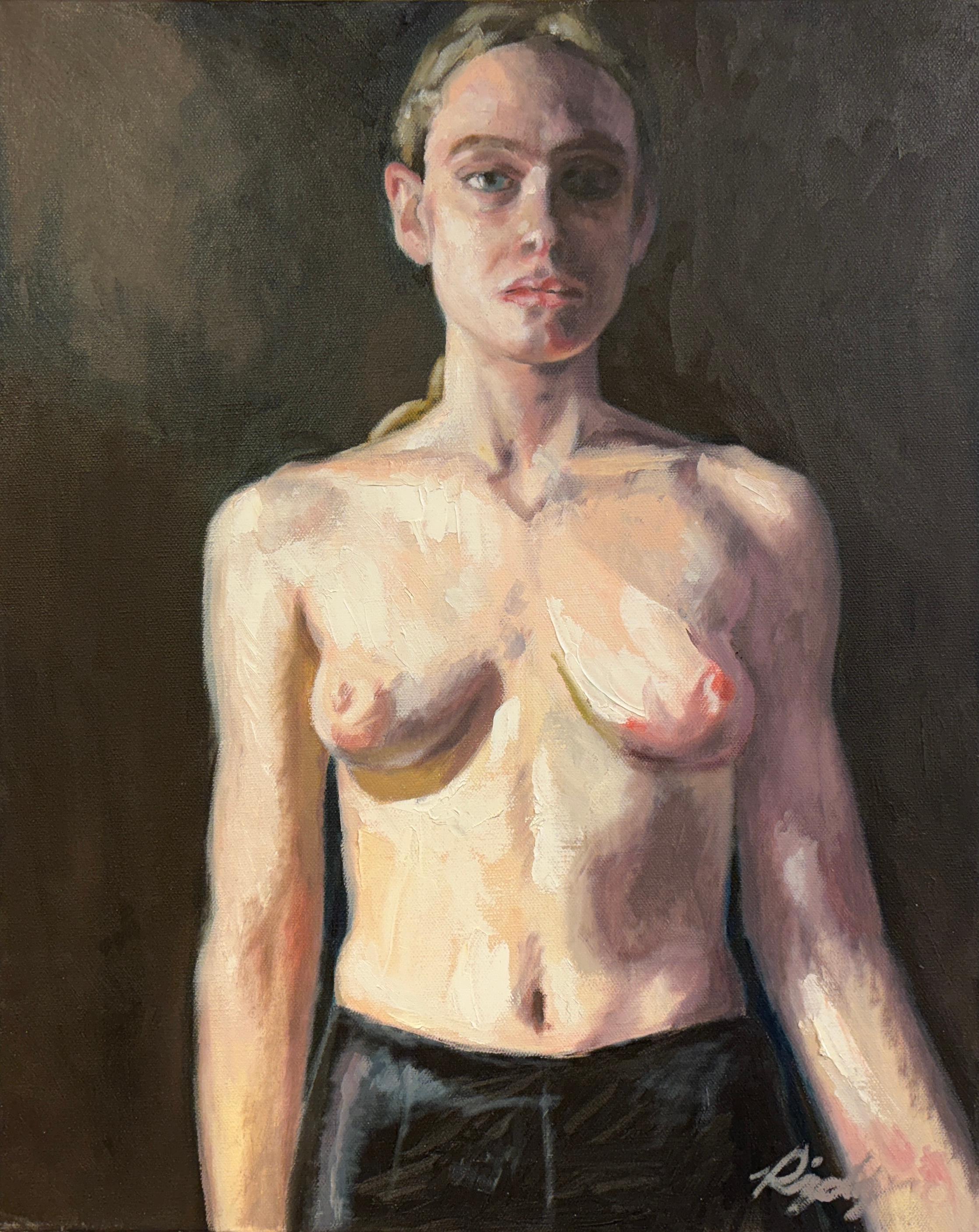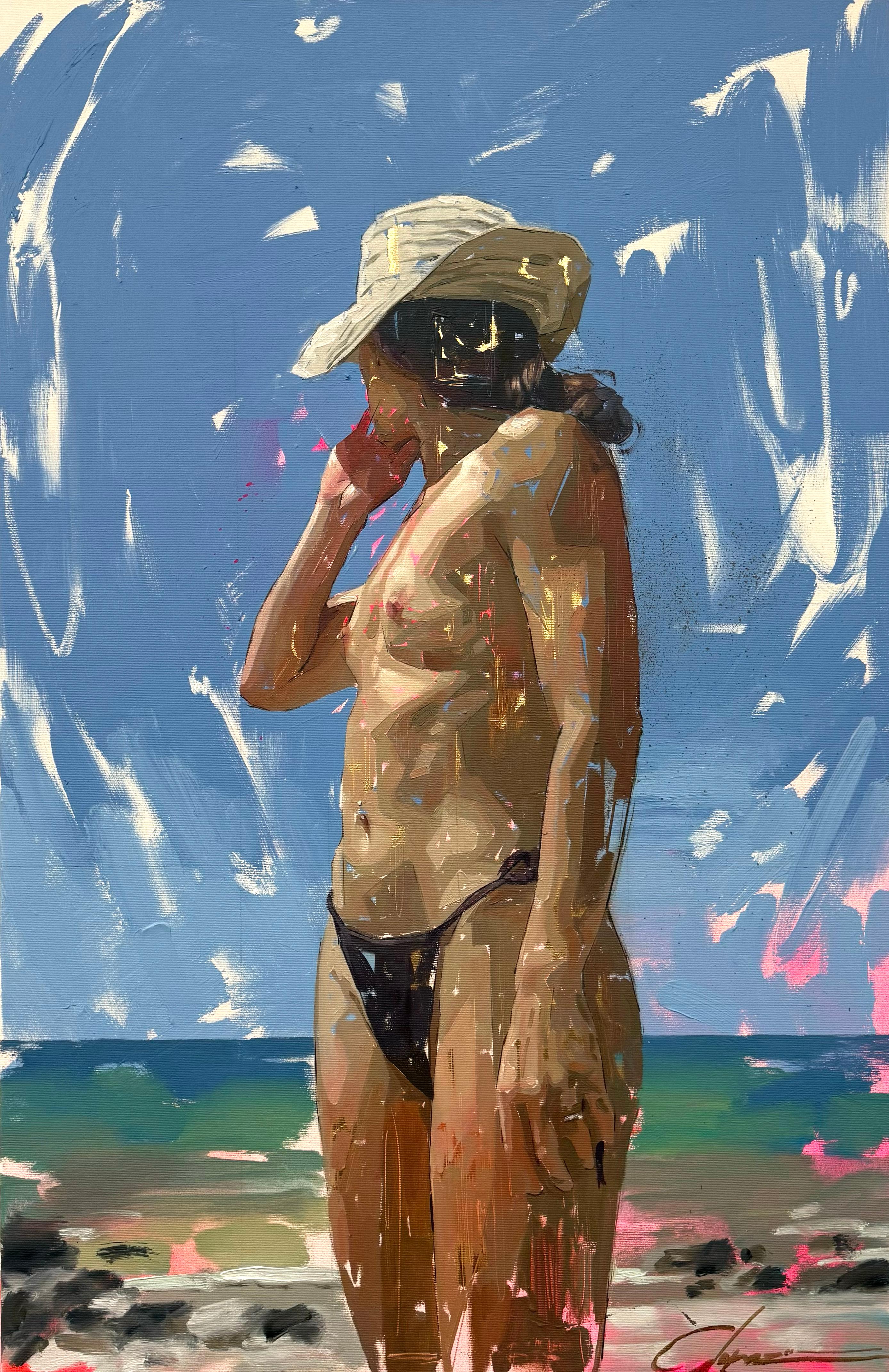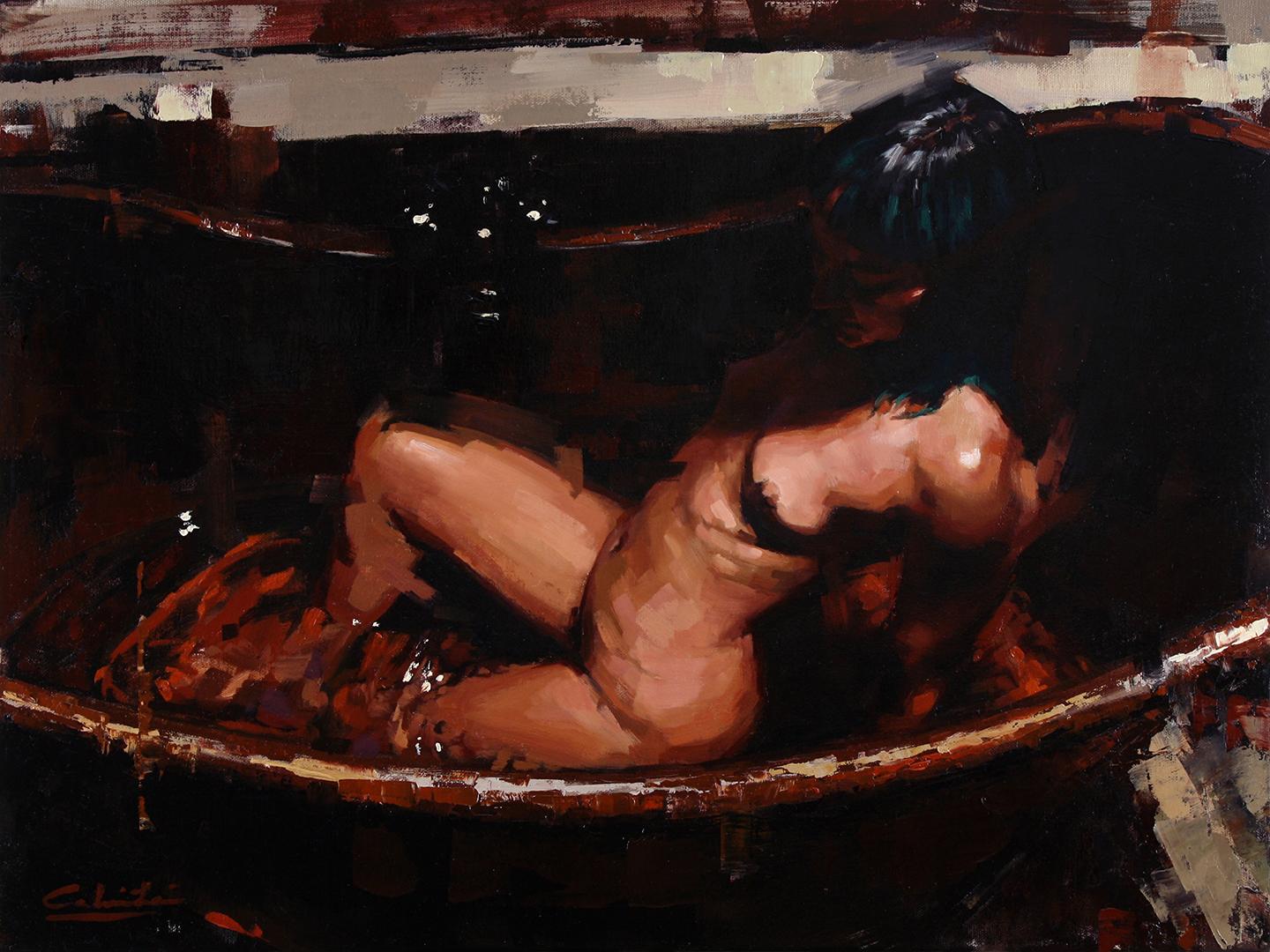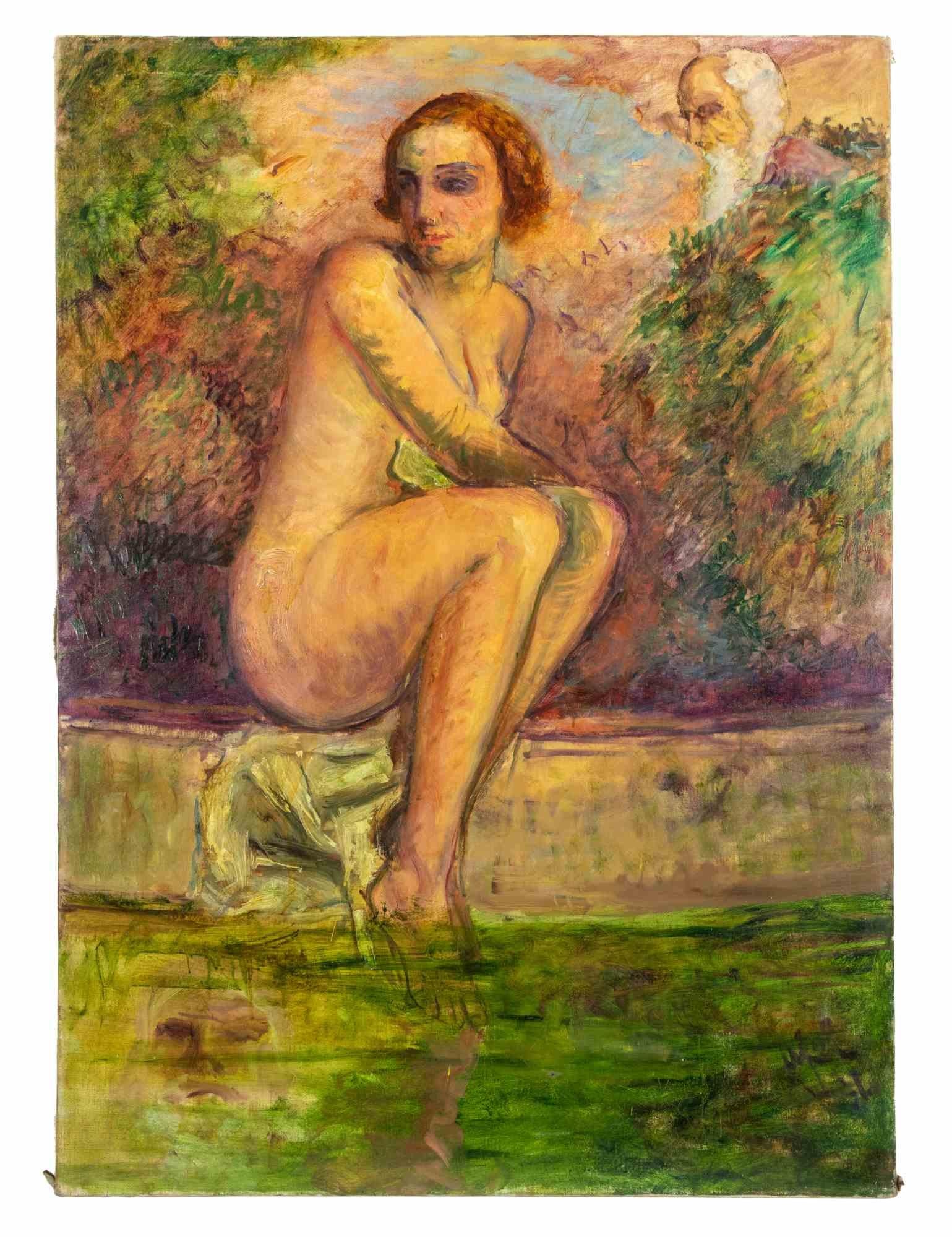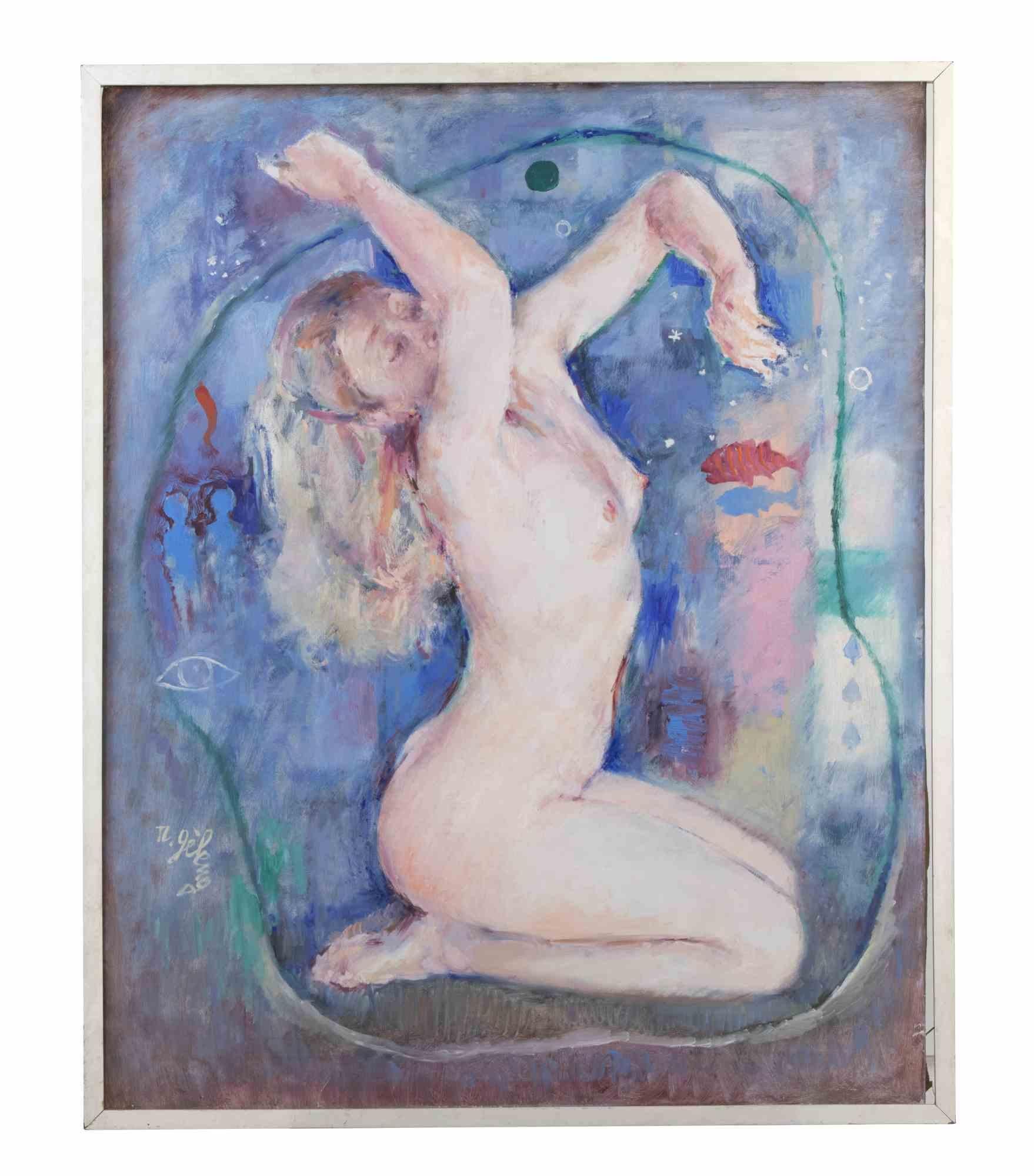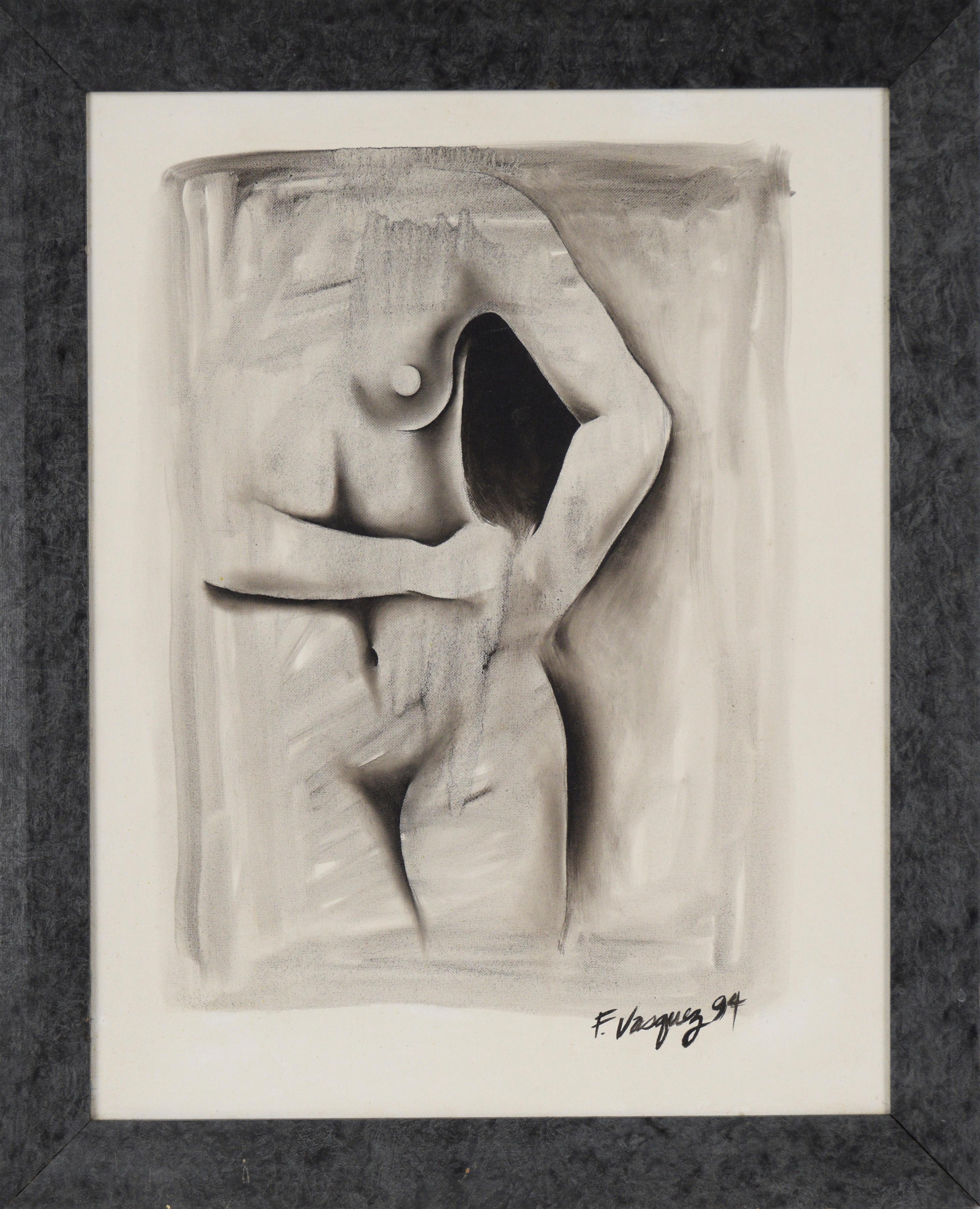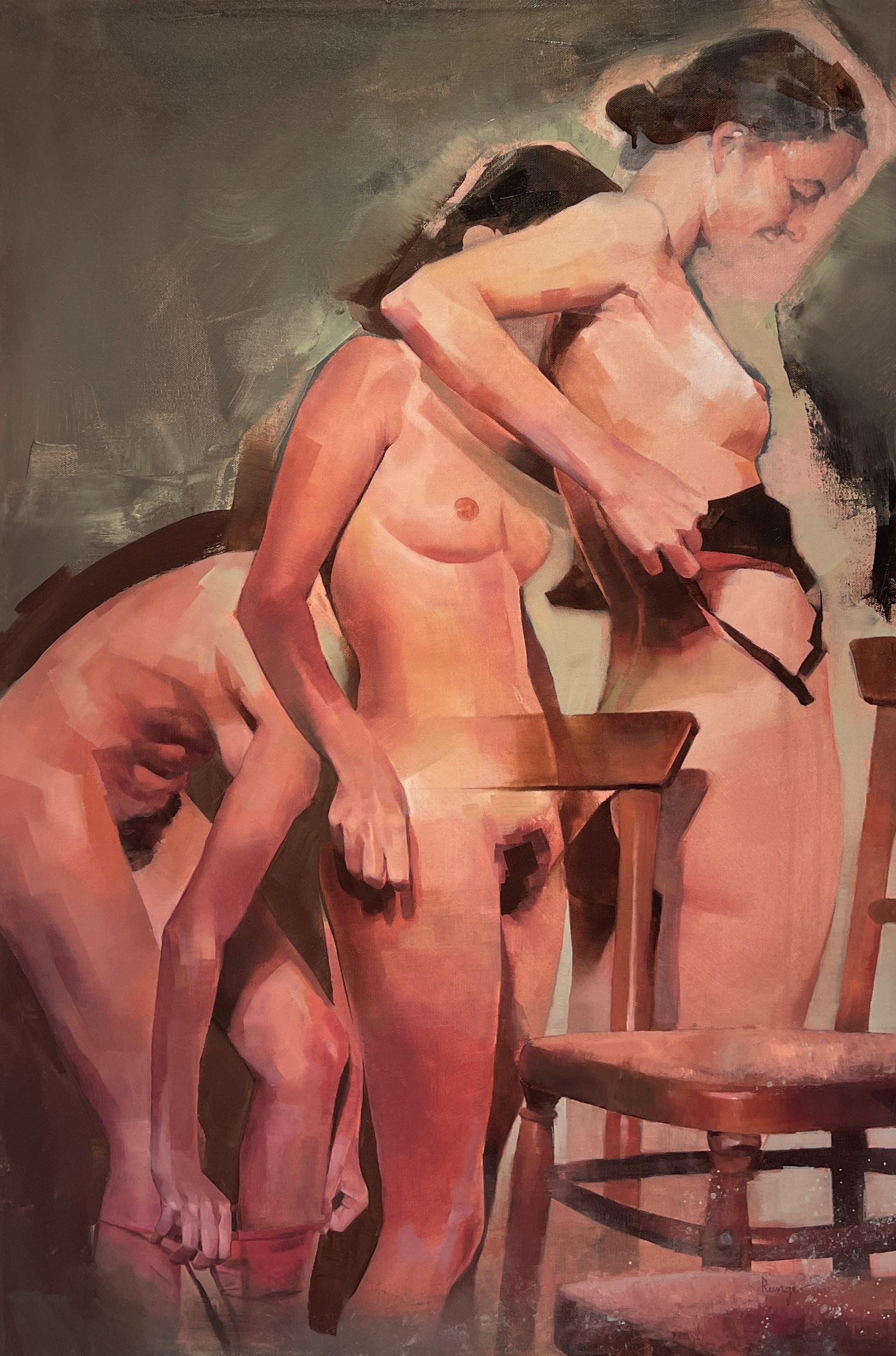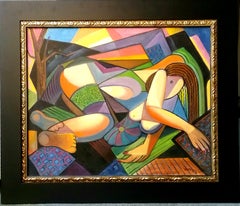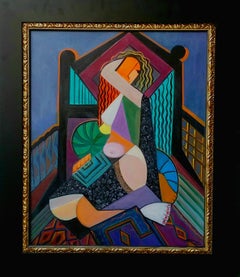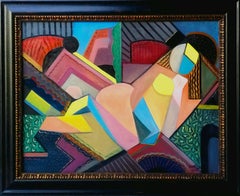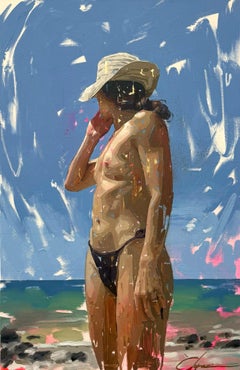
Nu Allonge
View Similar Items
Want more images or videos?
Request additional images or videos from the seller
1 of 4
Jacqueline MarvalNu Allonge1912
1912
About the Item
- Creator:Jacqueline Marval (1866-1932, French)
- Creation Year:1912
- Dimensions:Height: 30 in (76.2 cm)Width: 45 in (114.3 cm)
- Medium:
- Period:
- Condition:Excellant.
- Gallery Location:Los Angeles, CA
- Reference Number:Seller: http://www.papillongallery.com/jacqueline_marval_nude.html1stDibs: G11071539218
About the Seller
5.0
Vetted Professional Seller
Every seller passes strict standards for authenticity and reliability
Established in 1972
1stDibs seller since 2011
408 sales on 1stDibs
Typical response time: 1 hour
Authenticity Guarantee
In the unlikely event there’s an issue with an item’s authenticity, contact us within 1 year for a full refund. DetailsMoney-Back Guarantee
If your item is not as described, is damaged in transit, or does not arrive, contact us within 7 days for a full refund. Details24-Hour Cancellation
You have a 24-hour grace period in which to reconsider your purchase, with no questions asked.Vetted Professional Sellers
Our world-class sellers must adhere to strict standards for service and quality, maintaining the integrity of our listings.Price-Match Guarantee
If you find that a seller listed the same item for a lower price elsewhere, we’ll match it.Trusted Global Delivery
Our best-in-class carrier network provides specialized shipping options worldwide, including custom delivery.More From This Seller
View AllLounging Nude
By Reza Afrookhteh
Located in Los Angeles, CA
Reza begun studying art seriously at age 15 and was studying at the institute of art in Iran where he graduated with highest honors.
He also studied privately with one of Persia’s m...
Category
2010s Cubist Figurative Paintings
Materials
Canvas, Oil
Price Upon Request
Cubist Nude
By Reza Afrookhteh
Located in Los Angeles, CA
Frame 41 x 35 inches
Reza begun studying art seriously at age 15 and was studying at the institute of art in Iran where he graduated with highest honors.
He also studied privately ...
Category
2010s Cubist Figurative Paintings
Materials
Canvas, Oil
Price Upon Request
Repose
By Reza Afrookhteh
Located in Los Angeles, CA
Reza begun studying art seriously at age 15 and was studying at the institute of art in Iran where he graduated with highest honors. He also studied privately with one of Persia’s mo...
Category
2010s Cubist Figurative Paintings
Materials
Canvas, Oil
Price Upon Request
Cubist Nude with Hat
By Reza Afrookhteh
Located in Los Angeles, CA
Reza begun studying art seriously at age 15 and was studying at the institute of art in Iran where he graduated with highest honors. He also studied privately with one of Persia’s mo...
Category
2010s Cubist Figurative Paintings
Materials
Canvas, Oil
Price Upon Request
Guitar Player with Nude
By Reza Afrookhteh
Located in Los Angeles, CA
Reza begun studying art seriously at age 15 and was studying at the institute of art in Iran where he graduated with highest honors. He also studied privately with one of Persia’s mo...
Category
2010s Cubist Figurative Paintings
Materials
Canvas, Oil
Price Upon Request
Cubist Nude
By Reza Afrookhteh
Located in Los Angeles, CA
Reza begun studying art seriously at age 15 and was studying at the institute of art in Iran where he graduated with highest honors.
He also studied privately with one of Persia’s ...
Category
2010s Cubist Figurative Paintings
Materials
Canvas, Oil
Price Upon Request
You May Also Like
"The Girl with the Scars" by Celi Jr. - Expressive Pensive Nude Blonde Woman
Located in Carmel, CA
Rizaldy Celi Jr. (American, Filipino-Vietnamese, born 1983)
"The Girl with the Scars" 2024
Oil Paint, Varnish, Canvas, Stretcher Bars
The artist signed the bottom right of the painti...
Category
2010s Contemporary Figurative Paintings
Materials
Canvas, Varnish, Oil, Stretcher Bars
1930s Female Nude French Oil Painting Warmth Contentment And Closeness Framed
Located in Sutton Poyntz, Dorset
Gaëtan Dumas.
French ( b.1879 - d.1950 ).
Une Trace De Plaisir Ou De Regret.
(A Trace Of Pleasure Or Regret).
Oil On Canvas.
Signed Upper Right.
Image size 13.2 inches x 10 inches ( ...
Category
Early 20th Century Post-Impressionist Nude Paintings
Materials
Canvas, Oil
Conrado Lopez Bolonia IV - Acrylic, Gold Leaf, And Oil Figurative Beach Painting
Located in Denver, CO
Experience the captivating artistry of Spanish painter Conrado Lopez with this original piece entitled Bolonia IV, completed in 2024. Reflecting Lopez’s ability to capture intimate h...
Category
2010s Realist Figurative Paintings
Materials
Gold Leaf
A Liberated Lady On The Cliffs Nude Sunbathing Framed 1920s French Oil Painting
Located in Sutton Poyntz, Dorset
Raymond Moritz.
French ( b.1891 - d.1950 ).
A Liberated Lady On The Cliffs, 1927.
Oil On Canvas.
Signed Lower Left.
Image size 25 inches x 20.7 inches ( 63.5cm x 52.5cm ).
Frame size 29.3 inches x 24.8 inches ( 74.5cm x 63cm ).
Available for sale; this original oil painting is by the French artist Raymond Moritz and dates from 1927.
The painting is presented and supplied in a sympathetic contemporary frame (which is shown in these photographs), mounted with new fixtures.
The canvas and the painted surface have benefitted from cleaning and conservation, which was performed on our instruction, supervision and approval.
This vintage painting is now in very good condition. It wants for nothing and is supplied ready to hang and display.
The painting is signed lower left.
A later dedication to “Louise” dated April 1942 in the artist’s hand is set around the earlier signing.
Raymond Moritz was a French impressionist artist and illustrator. He was born in Paris on 8 July 1891. His family came from the Alsace region and were poor and Catholic. On his mother’s side, the Staubs were from Wihr-au-Val where they had been coopers for several generations. His uncle, Marie Clement Staub, was the founder in Canada of the Sisters of Saint Joan of Arc.
Moritz fought during the Great War in the Picardy region of the Somme with the 2nd machine gunner company. He won the French 1914-1918 War medal with bronze palm attachment, which signifies that the awardee was mentioned in dispatches at army level. Moritz obviously created some art during the war because during the inauguration of the new town hall in the town of Albert he was congratulated by the French President, Albert Lebrun, and the British press for the paintings he had produced. Albert was the main town behind the lines for the Allies on the Somme battle fields...
Category
Early 20th Century Art Deco Nude Paintings
Materials
Oil, Canvas
Copper - Bath nude portraiture artwork realism oil painting modern human form
By Calvin Lai
Located in London, Chelsea
This exceptional artwork is currently on display and available for sale at Signet Contemporary Art Gallery and online.
Contemporary figurative artist Calvin Lai paints a provocative...
Category
21st Century and Contemporary Realist Figurative Paintings
Materials
Canvas, Oil, Board
Seated Nude - Paint by Antonio Feltrinelli - 1930s
By Antonio Feltrinelli
Located in Roma, IT
Seated Nude is an artwork realized by Antonio Feltrinelli, in 1930s.
Oil on canvas, 108 x 75 cm.
Provenance: Galleria Pesaro, Milan.
Good conditions!
The nudes and portraits w...
Category
1930s Modern Nude Paintings
Materials
Oil, Canvas
